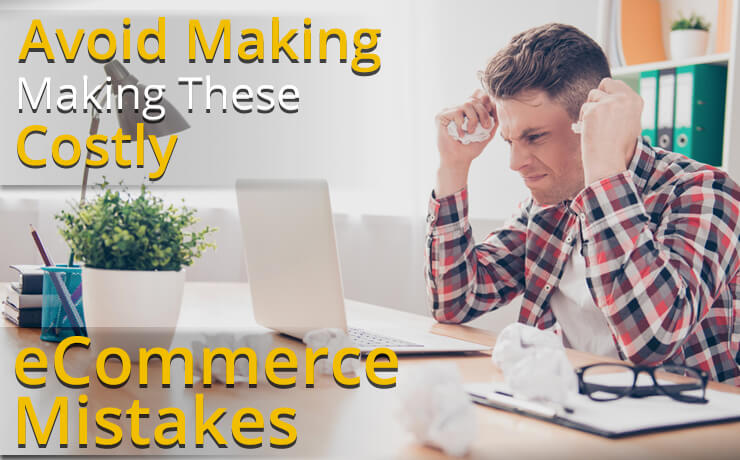
You simply cannot be efficient with your content and rank higher in search engine result pages if you’re not using the right keywords. Think of keywords as the bread and butter of your content marketing campaigns. You need to find the right keywords, use them effectively and avoid keyword spamming. This is how Google will rank your website higher and you’ll be able to stay ahead of your competition. If you’re new to keywords in general or you want to sharpen up your SEO skills then keep reading this article. You’ll learn everything you need to know about keyword research, using the right keywords for SEO, and implementing them throughout your website.
Use Long-tail Keywords
If you’re wondering what long-tail keywords are, you are not alone. You’re probably familiar with basic keywords that contain just 1-3 words. Well, long-tail keywords are keyword strings that include four or more words. For example, if you’re looking for hotels in a particular city, you’d write something like this on Google: “four star hotels in Paris”. This is a long-tail keyword that people actually use to look for hotels. If you incorporate them within your content, your website will rank higher.
If you’re wondering how to find these long-tail keywords, the answer is simple. You should just enter a basic search query on Google. For example, if your website sells pet accessories, begin typing something like “cozy pillow for adult cats”. Google will automatically fill in words as you type and you’ll discover a list of long-tail keywords people use when looking for pet accessories online. Best of all, this method is free.
Monitor Monthly Keyword Search Volumes
Using long-tail keywords is only part of the equation. You might also want to take advantage of monthly keyword search volumes to adjust your content accordingly. This is basically data provided by Google and other websites that allow you to see how many times a particular keyword has been typed on Google. If people look for “dog toys” more often than “tarantula toys”, you’d probably want to take advantage of that and use the most popular keywords more often.
Google also offers you a plethora of tools to find the right keywords and curate your lists accordingly. For example, Keyword Planner is a tool offered by Google that allows you to search for different types of keywords, see monthly search volumes, organize long-tail keywords and more, so you can use your keywords more effectively.
Rename Blog Post Images
Your blog posts and other website pages definitely contain a few images. Well, a good SEO practice is to optimize the names and descriptions of these images to accurately reflect your niche. In other words, you should rename your images using the keywords you’re targeting. If your pet accessories website sells cat scratching poles and you have featured a few images with these objects, rename the images as “cat-scratching-pole.jpg”. This will be seen by Google when indexing your website and you’ll rank higher in search engine result pages because of it.
In a similar fashion, remember that every image on your website also contains an “alt text” description. Make sure that you put a keyword or combination of keywords here too because this is also seen with good eyes by Google.
Add Keywords to Titles and Meta Descriptions
There are other places where you can safely incorporate keywords such as the titles of your blog posts as well as their meta descriptions. For example, you should add a keyword directly into the title of your article, preferably in the beginning. Add the same keyword in the introduction as well as one or post subheadings. Finally, don’t forget to include the keyword in the meta description also as this will maximize your chances of ranking higher in SERPs.
Add Keywords to URLs and Social Media Posts
Finally, another excellent SEO practice would be to add keywords to the URLs of various website pages and blog posts you create. The URL is the address of a particular web page. If you’re creating a post about cat toys, make sure that the URL incorporates one relevant keyword such as “cat laser” or something similar. Additionally, you might want to include keywords in your Twitter posts too as Google indexes Twitter updates and this could lead more people to your website. People might look on Google for cat accessories and from there they will see your Twitter posts. They might click on it and go to your Twitter page and from there they will eventually click on links and land on your website where you sell cat accessories.










